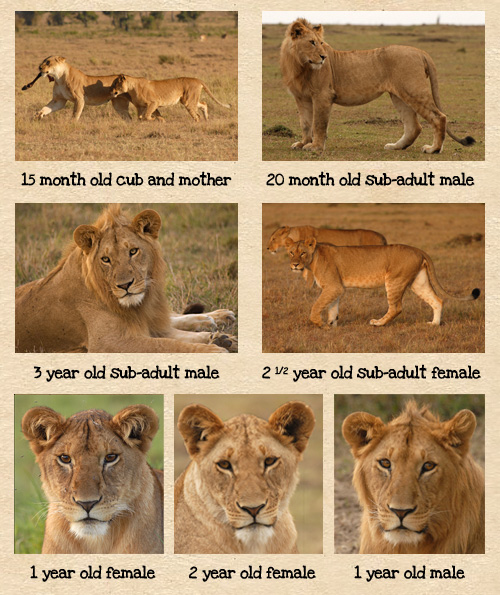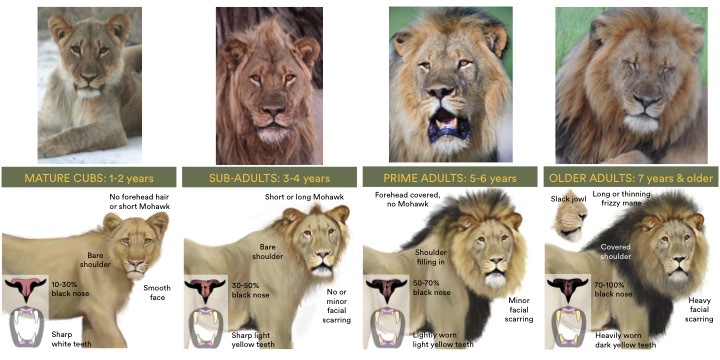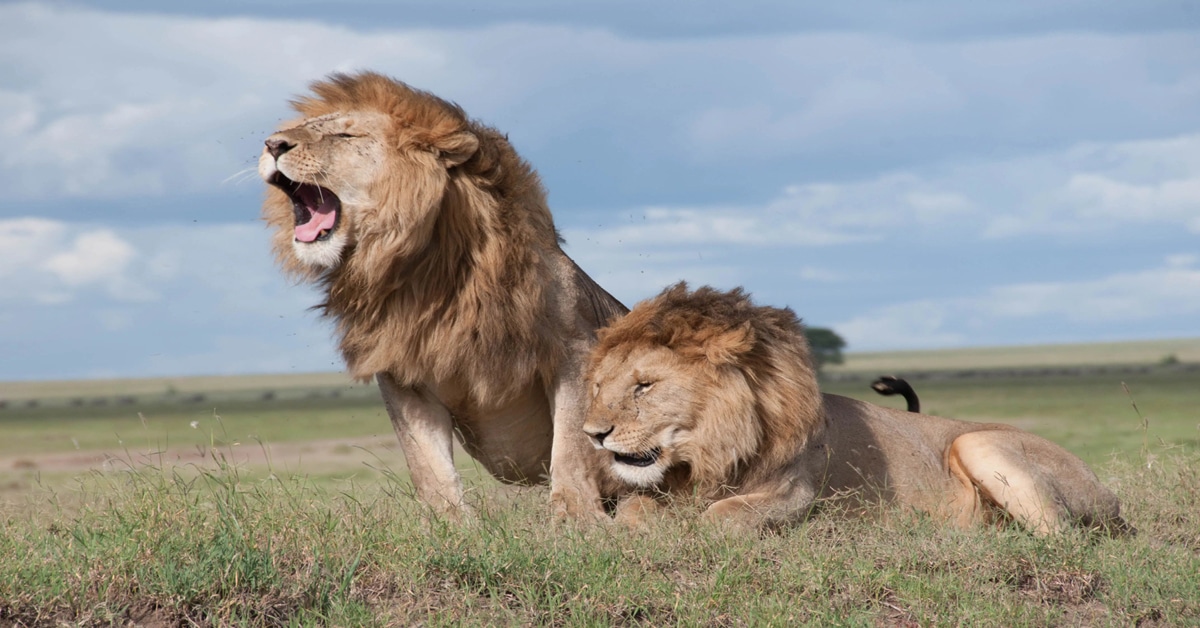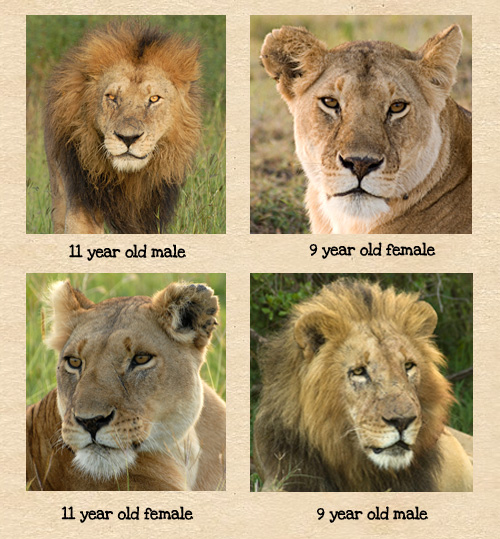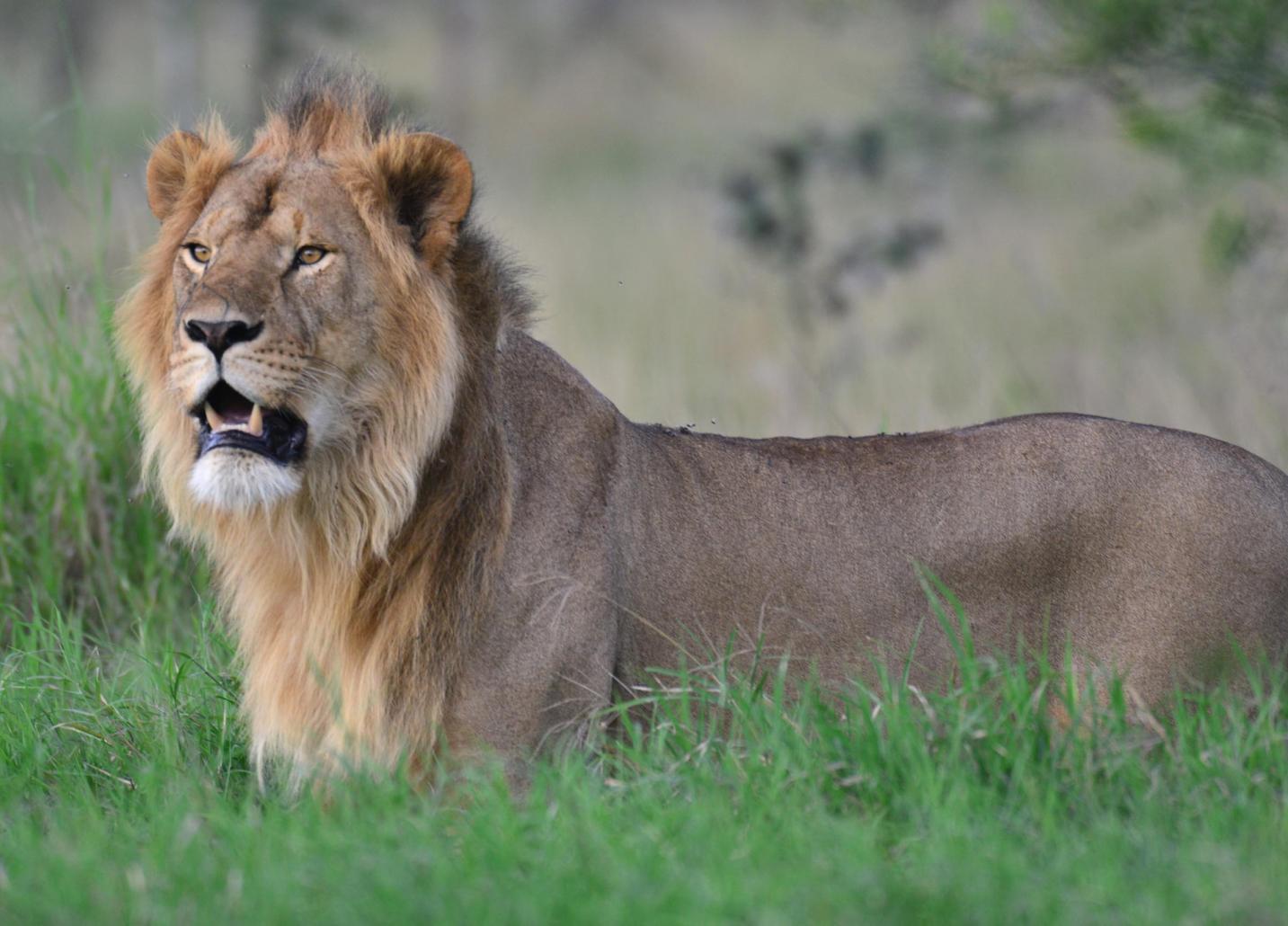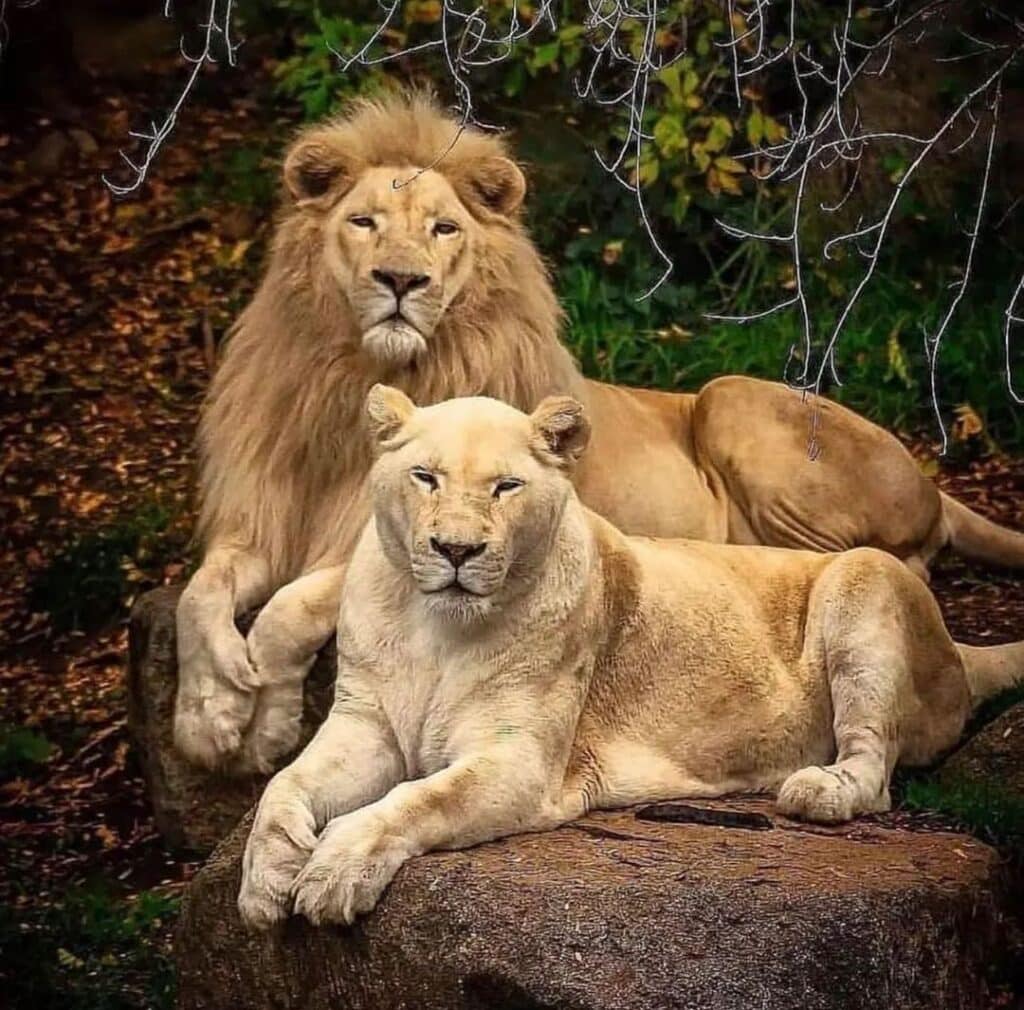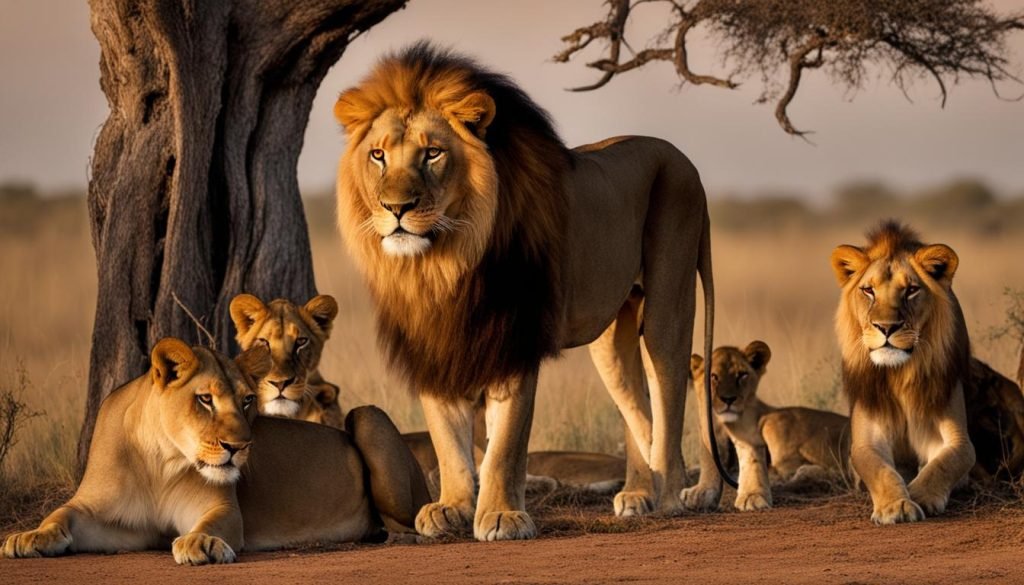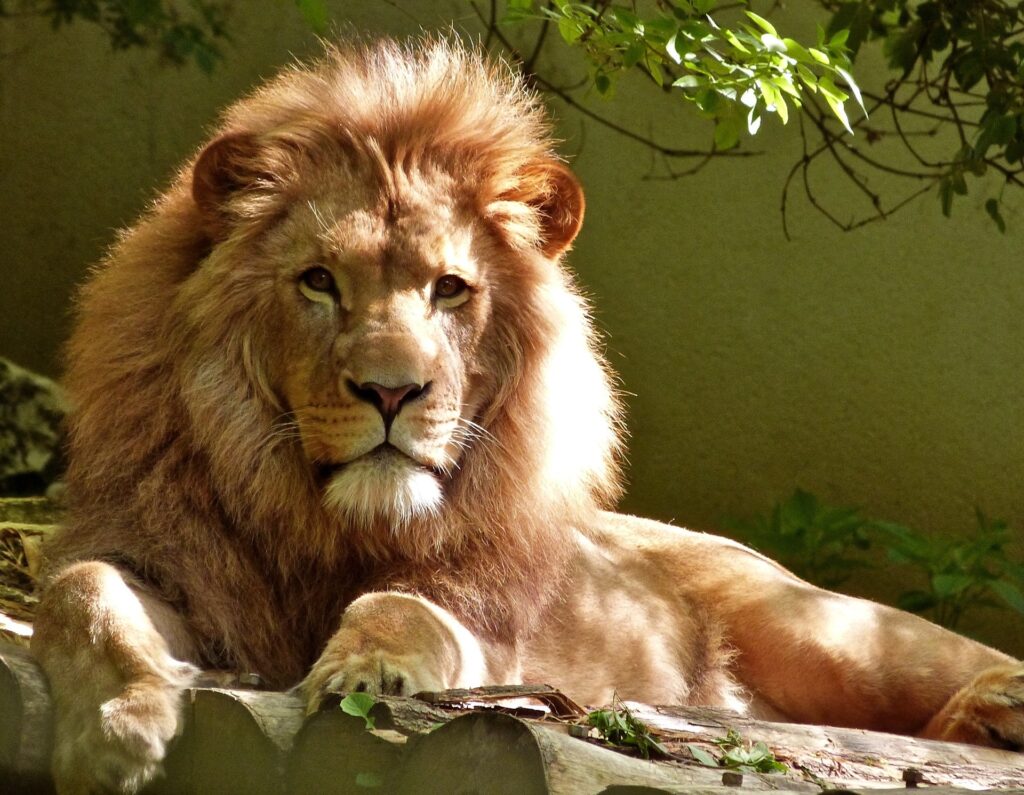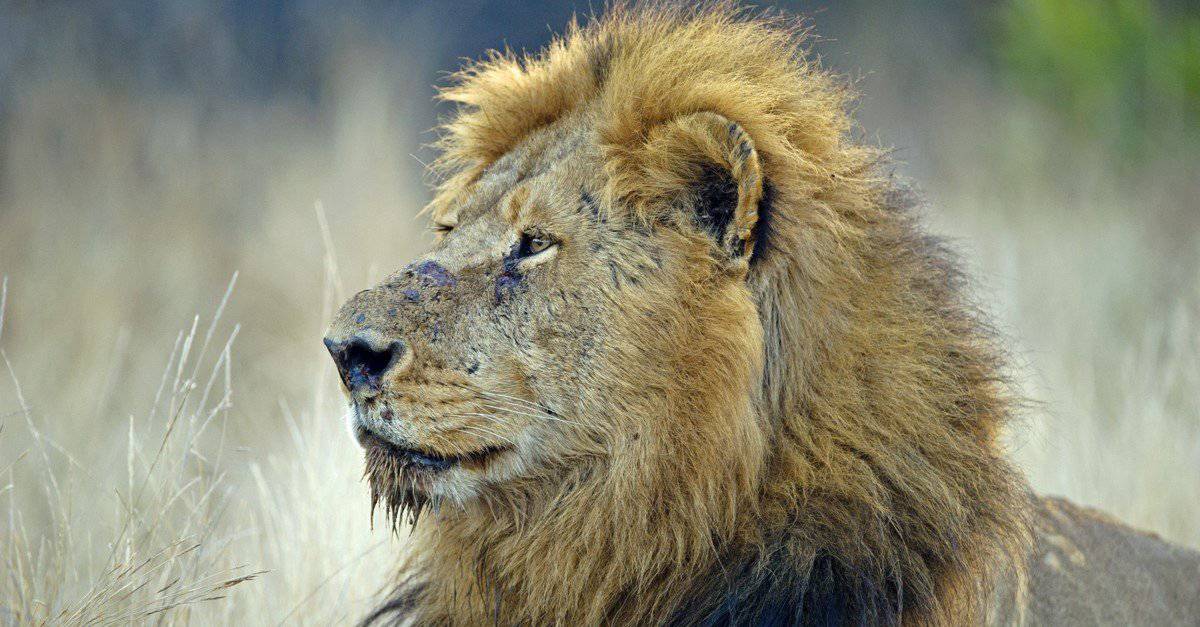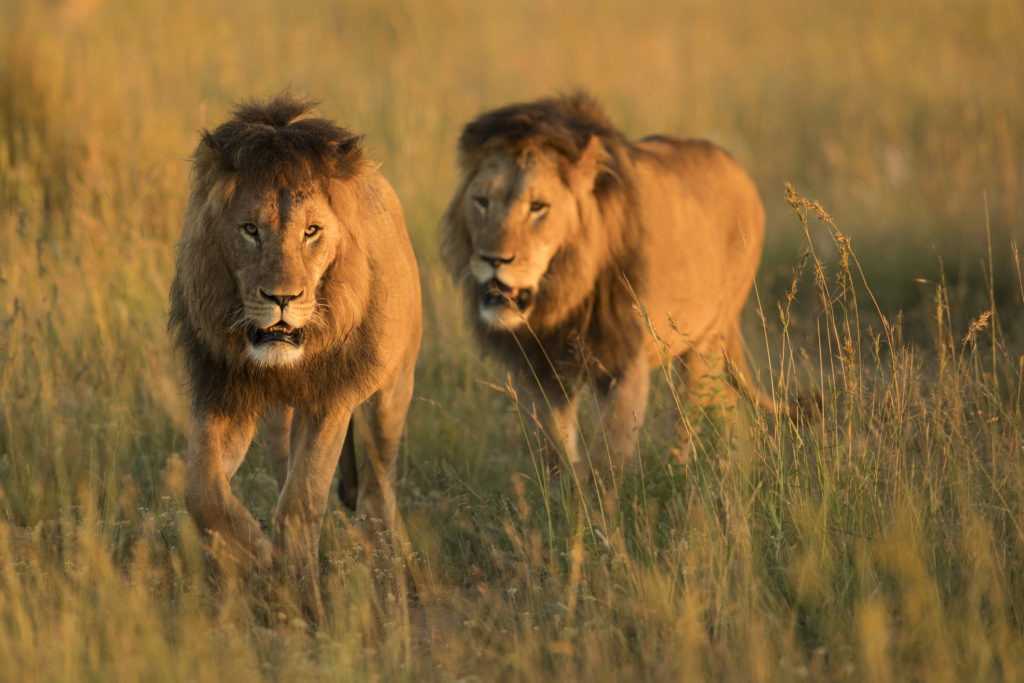How Long Does It Take A Lion To Reach Maturity

The roar of a lion, a sound that reverberates across the African savanna, symbolizes power, dominance, and the culmination of years of growth and development. But the journey from a vulnerable cub to a majestic apex predator is a protracted one, marked by distinct phases of physical, social, and behavioral maturation. Understanding the timeline of a lion's development is crucial not only for appreciating the intricacies of this iconic species but also for informing conservation efforts aimed at protecting them.
This article delves into the multifaceted process of a lion's maturation, exploring the key milestones from infancy to adulthood. We will examine the physical changes, the acquisition of crucial hunting skills, the development of social hierarchies within the pride, and the factors that can influence the overall timeline. Through scientific research and expert insights, we aim to provide a comprehensive understanding of how long it truly takes for a lion to reach its full potential.
Early Life: Cub Development (0-2 Years)
The first two years of a lion's life are a period of intense dependence and rapid learning. Lion cubs are born blind and helpless, relying entirely on their mother for survival. They typically weigh around 3 pounds at birth and are completely dependent on their mother's milk.
Within a week, their eyes open, and they begin to explore their surroundings within the safety of the den. During this early phase, the cubs' primary focus is on nursing and bonding with their mother and other females in the pride, who often share parenting responsibilities.
Around three months of age, cubs are introduced to solid food, usually regurgitated meat from their mother or other pride members. This is a crucial step towards independence, but they still rely heavily on milk for nutrition.
Socialization is another critical aspect of early development. Cubs engage in playful activities like wrestling and chasing, which help them develop coordination, social skills, and establish their place within the pride's hierarchy. By the age of one year, they are more actively participating in the pride's activities, but are still highly vulnerable to predators like hyenas and leopards if separated from the group.
Between 18 months and two years, cubs begin to hone their hunting skills by observing and imitating adult lions. However, they are not yet capable of bringing down large prey on their own.
Adolescence: Learning the Ropes (2-4 Years)
The adolescent phase marks a significant transition in a lion's life, characterized by increased independence and the acquisition of essential survival skills. During this period, lions continue to grow physically and develop their hunting techniques. This is also the period when future roles within the pride are being established.
Young males, in particular, face significant challenges as they approach sexual maturity. Around the age of two to three years, they may begin to be challenged by the dominant males in the pride. For males, this means they are often forced to leave their natal pride to seek their own territory and form coalitions with other males.
Young females typically remain within their birth pride, inheriting their mother's territory and social status. They continue to refine their hunting skills under the guidance of experienced females. By the age of three to four years, both males and females are approaching physical maturity and are capable of participating more fully in hunts and defending their territory.
The mortality rate remains relatively high during adolescence, particularly for males who must navigate unfamiliar territories and compete for resources. Disease, starvation, and conflict with other lions are common threats during this vulnerable period.
Adulthood: Reaching Maturity (4-5 Years Onward)
A lion typically reaches full physical and social maturity between the ages of four and five years. At this point, they are capable of breeding, defending their territory, and effectively hunting large prey. Females usually reach sexual maturity earlier than males, often giving birth to their first litter around the age of four.
Adult males develop a thick mane, which serves as a visual signal of their health, strength, and dominance. The mane also provides some protection during fights with rival males. The darker and fuller the mane, the more intimidating the male is perceived.
The life expectancy of a wild lion is typically between 10 and 14 years, although some individuals may live longer. Lions in captivity often live longer, sometimes reaching 20 years or more, due to consistent food supply and veterinary care.
Even after reaching physical maturity, lions continue to refine their hunting skills and social strategies throughout their adult lives. The acquisition of experience plays a crucial role in their ability to successfully navigate the challenges of their environment and maintain their position within the pride.
Factors Influencing Maturation Rate
Several factors can influence the rate at which a lion reaches maturity. Access to food, environmental conditions, and social dynamics all play a significant role. In areas with scarce resources, cubs may grow slower and experience higher mortality rates.
Pride dynamics also influence development. Cubs in stable prides with experienced mothers and strong social bonds tend to have better survival rates and reach maturity faster. Disease outbreaks can also impact populations. For instance, outbreaks can significantly impact the health and survival of young cubs.
Human activities, such as habitat loss and poaching, pose a significant threat to lion populations and can disrupt their natural development. Conservation efforts aimed at protecting lion habitats and mitigating human-wildlife conflict are essential for ensuring the survival and healthy development of these iconic animals. According to the IUCN Red List, African lion populations are listed as vulnerable and Asiatic lion populations are listed as endangered.
Looking Ahead: Conservation Implications
Understanding the timeline of a lion's maturation is crucial for informing effective conservation strategies. By identifying the critical stages of development and the factors that influence survival, conservationists can implement targeted interventions to protect vulnerable cubs and ensure the long-term health of lion populations.
"Conservation efforts must address the threats facing lions at each stage of their development, from cub rearing to adult reproduction," emphasizes Dr. Jane Goodall in her published work on wildlife conservation.
Protecting critical habitats, mitigating human-wildlife conflict, and combating poaching are essential components of a comprehensive conservation approach. Monitoring lion populations and tracking their development can also provide valuable insights into the effectiveness of conservation efforts and help adapt strategies to meet the changing needs of these magnificent animals. Continued research and collaboration between scientists, conservationists, and local communities are essential for ensuring a future where lions continue to thrive in their natural habitats.

